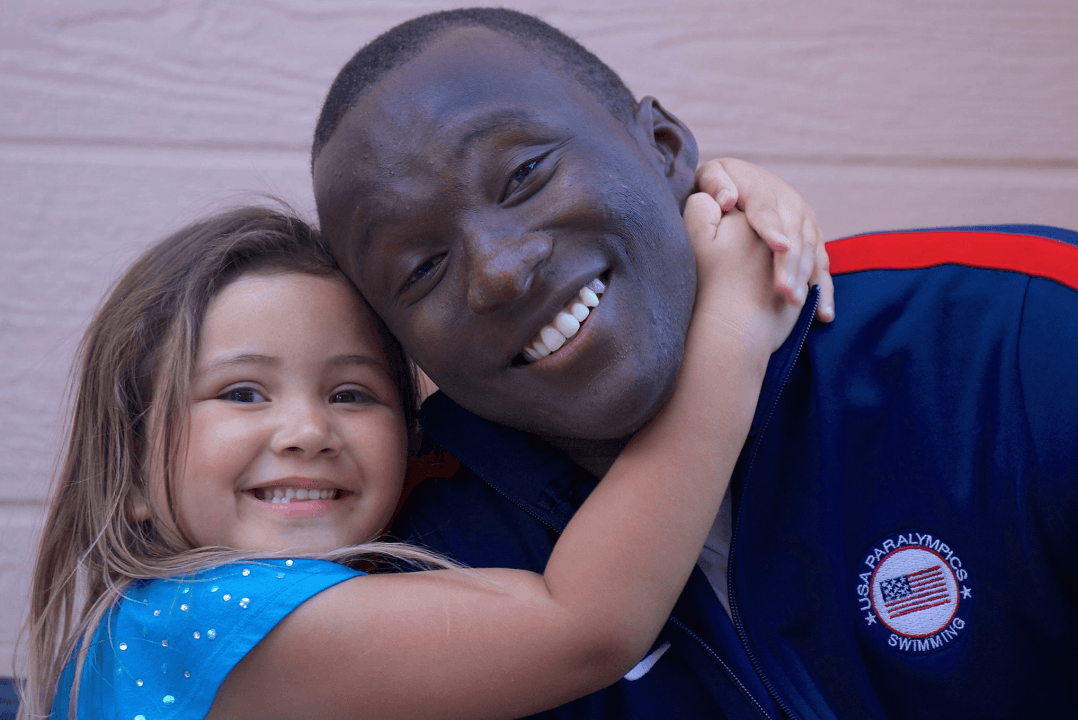The International Paralympic Committee (IPC) has adopted a ‘zero classification’ policy in an effort to “minimise the number of athletes who need to be classified in the final days leading up to or during a Paralympic Games,” the organization announced in a press release last week.
This is a result of a two-year review of its classification system after the 2012 Paralympic Games resulted in several cases of athletes arriving in London expecting to be in one class only to find out that they would be racing a whole different group of competitors.
Read more about how the classification settings work here.
The IPC says that they will be working to spread their classification screenings across the qualification period to avoid any surprises in Rio, saying that after a successful test run in Sochi for the Winter Paralympics that they are ready to roll this out as a full policy.
“Classification is unique to Paralympic sport and determines which athletes are eligible to compete and how they are grouped together for competition.”
“At a Paralympic Games we want all attending athletes to focus 100 per cent on competition and not worry about their classification,” IPC Scientific and Medical Director Dr. Peter Van de Vliet said.
“We hope to achieve this by working with International Federations to increase the number of classification opportunities so that all athletes who might qualify for a Paralympics are seen by classification panels in the final lead-up to the Games and not at the Games themselves.”
Among the high-profile last-minute reclassifications in London included American Justin Zook, who was moved back to the S10 classification (after having previously been moved to S9) in final testing; and Mallory Weggemann, who moved to the S8 classification.
Both swimmers are World Record holders, and both would go on to win gold medals in their new classifications (Zook in the 100 back, Weggeman in the 50 free).
